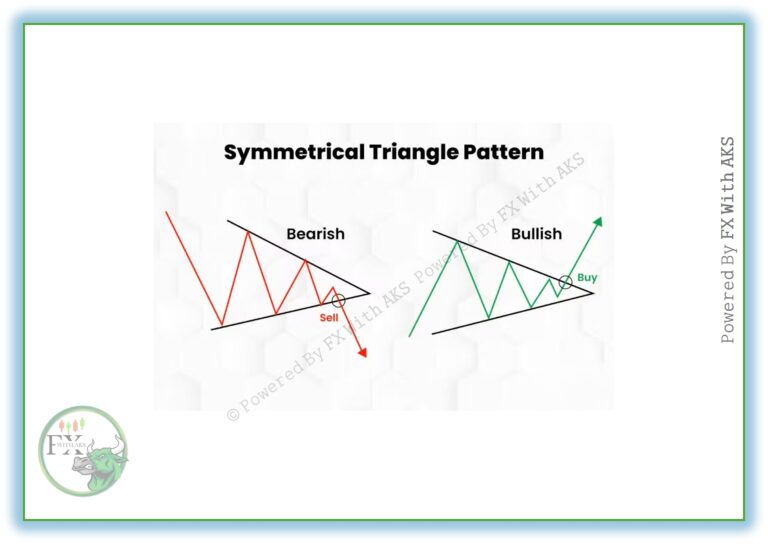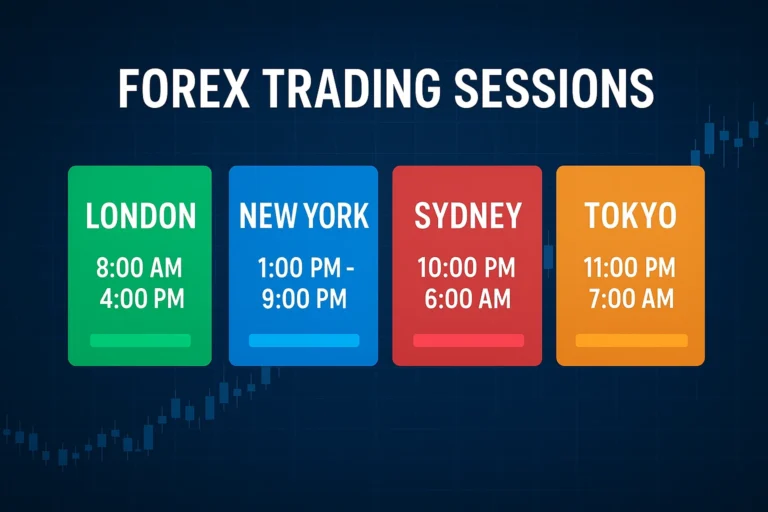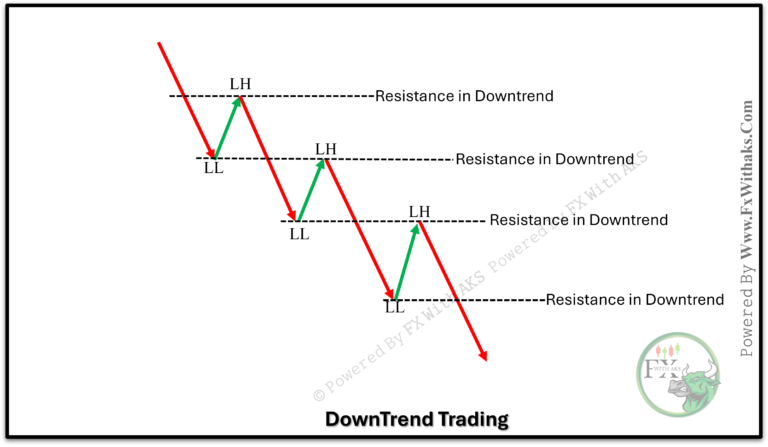A Hammer candlestick is a bullish reversal pattern that typically appears at the bottom of a downtrend. It signals a potential trend reversal to the upside. Here are the key characteristics of a Hammer candlestick.

Characteristics of a Hammer Candlestick:
- Small Body – The real body (difference between open and close price) is small and located near the top of the candlestick.
- Long Lower Shadow – The lower wick (shadow) is at least twice the size of the real body.
- Little or No Upper Shadow – There is either no upper wick or a very small one.
- Color Can Vary – While both green (bullish) and red (bearish) Hammers exist, a green Hammer is considered a stronger bullish signal.
What the Hammer Indicates:
- The long lower shadow shows that sellers drove the price lower during the session.
- However, buyers stepped in aggressively, pushing the price back up before the close.
- This signals a potential shift in momentum from bearish to bullish.
Hammer vs. Hanging Man:
- If a Hammer appears at the bottom of a downtrend, it’s bullish.
- If the same pattern appears at the top of an uptrend, it’s called a Hanging Man and could indicate a bearish reversal.
Confirmation for a Stronger Signal:
- A Hammer is more reliable when followed by a bullish confirmation candle (e.g., a strong green candle closing above the Hammer).
- It is best used in combination with volume analysis, support levels, or other technical indicators (like RSI or MACD).
Would you like a chart example or a real-time analysis of a stock/chart?









One thought on “What is Hammer Candlesticks Pattern – How To Trade”